The Origin of Diseases
While covering human history, civilization, and diseases to reveal why humans are sick with many ailments, this book provides the answers to the questions: “When, why, and how did humans contract all kinds of infectious and chronic diseases?” The increasing occurrence of chronic diseases such as obesity, diabetes mellitus, asthma and cancer does not simply denote increment in the incidence of diseases, but a pathological phenomenon that reflects the condition of humanity’s current environment. With humanity’s graduation from the era of hunter-gatherers, infectious diseases and nutritional disorders started to appear at the beginning of the agricultural revolution. Humanity then shifted to an age of chronic diseases such as obesity, diabetes mellitus, asthma, and cancer, as they entered the era of affluence in the wake of the industrial revolution. Moreover, the disease pattern characterized by such chronic diseases is expected to change again soon to a new trend characterized by neurodegenerative diseases such as Alzheimer’s disease and Parkinson’s disease. When contemplating the path of disease development and transition, we should simultaneously consider two aspects of humanity: as a biological being who adapts to his or her surrounding environment, and as a cultural creator who transforms and recreates the environment, because the changes in human behavior have as much impact on the direction of disease transition as our genes and environment do. Therefore, only after we appropriately understand the history, environment, and disease development of humanity will we be able to establish an adequate strategy for coping with diseases. We would have the upper hand if we have a better understanding of the origin of diseases. In five sections, this book shows how to understand such diseases through the intertwined process within the wide framework of human history.
{{comment.content}}
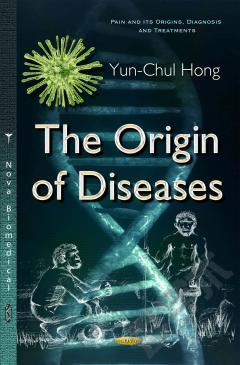
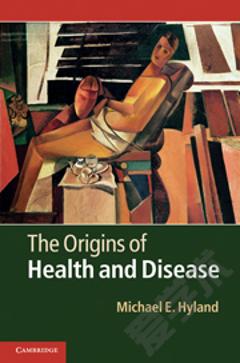
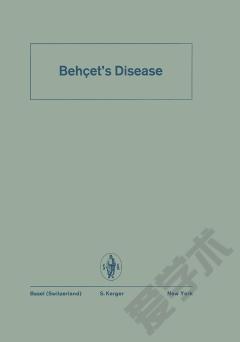
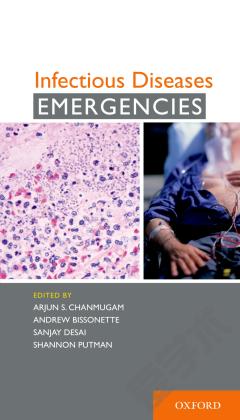

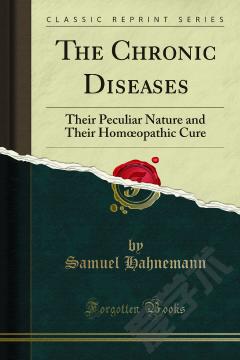


 京公网安备 11010802027623号
京公网安备 11010802027623号